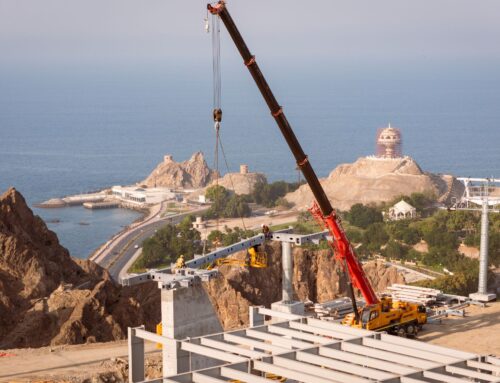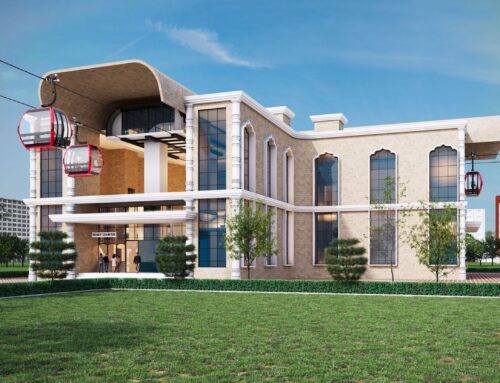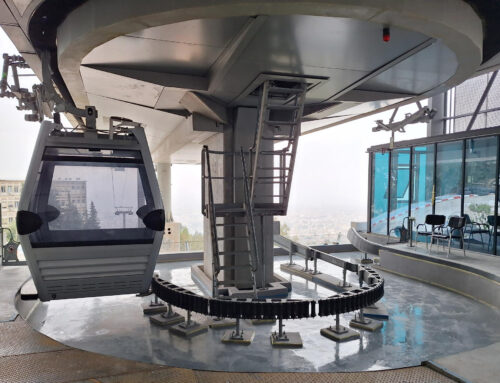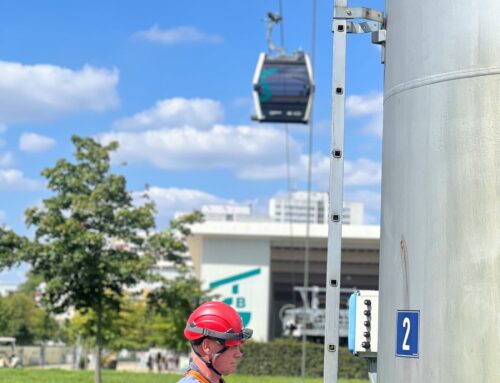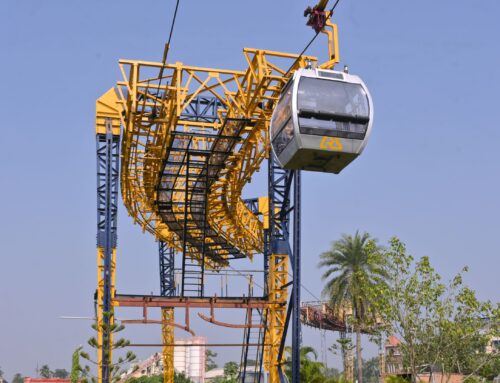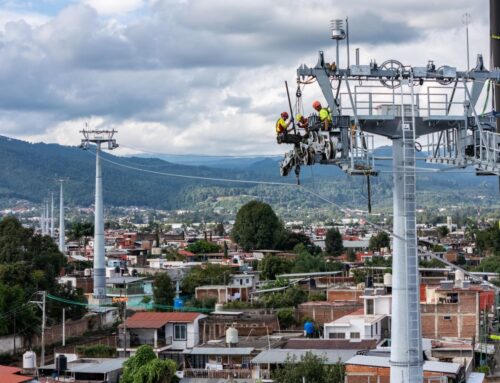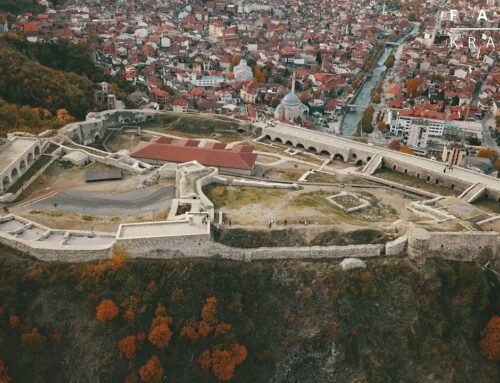
Cities, SI Urban 1/2025
Mexico: Two new cable cars in Morelia and Naucalpan
Investments in urban cable cars are progressing worldwide. The rise of cable cars in major urban centers is significantly contributing to the sustainable improvement of public transportation quality and the enhancement of local quality of life.
In the fall of 2024, for example, work began on a cable car with six stations from LEITNER in Morelia. The UNESCO World Heritage city, with a population of one million, is located 250 kilometers west of Mexico City in the state of Michoacán. The two lines of the “Teleférico Morelia“ branch off from the main station near the city center.
The first line, with two intermediate stations, heads northwest toward the bus terminal near the stadium. The second line runs south, connecting with an intermediate station to the university campus and the zoo.
The €90 million project is expected to be completed by the fall of 2026 and will serve around 20,000 people daily. An extension of the Morelia cable car by 1.6 kilometers has already been announced.
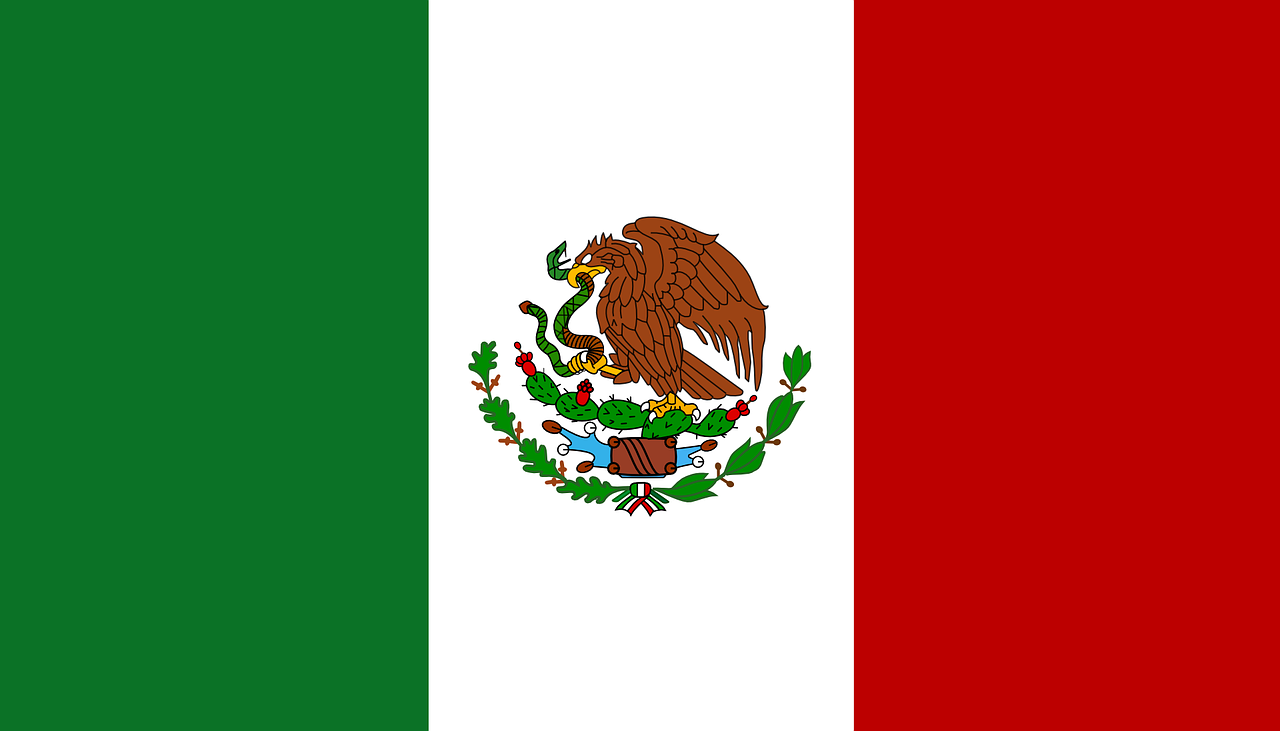
Preserving cultural heritage
Morelia is one of Mexico’s most visited cities due to its well-preserved colonial-era buildings. Since 1991, the historic center has been a UNESCO World Heritage site.
The route of the cable car is designed to harmonize with the city landscape without impacting historical or ecological areas. Therefore, the cable car does not pass over the historic center.
Boosting tourism
According to the state government’s statement, the Morelia cable car not only represents progress in urban mobility but will also promote the city as a key tourist attraction, stimulate the local economy, and draw thousands of visitors.
“The cable car will provide an innovative experience, allowing tourists to explore the beauty of Morelia from above, enriching their visit with a new attraction,” said Gladyz Butanda Macías, head of the Secretariat for Urban Development and Mobility.
She also emphasized that it will make it easier for visitors to access various cultural events and festivals in the city, providing a more comprehensive experience.
Naucalpan
A 9.6-kilometer-long cable car with three lines and ten stations will be built by autumn 2026.
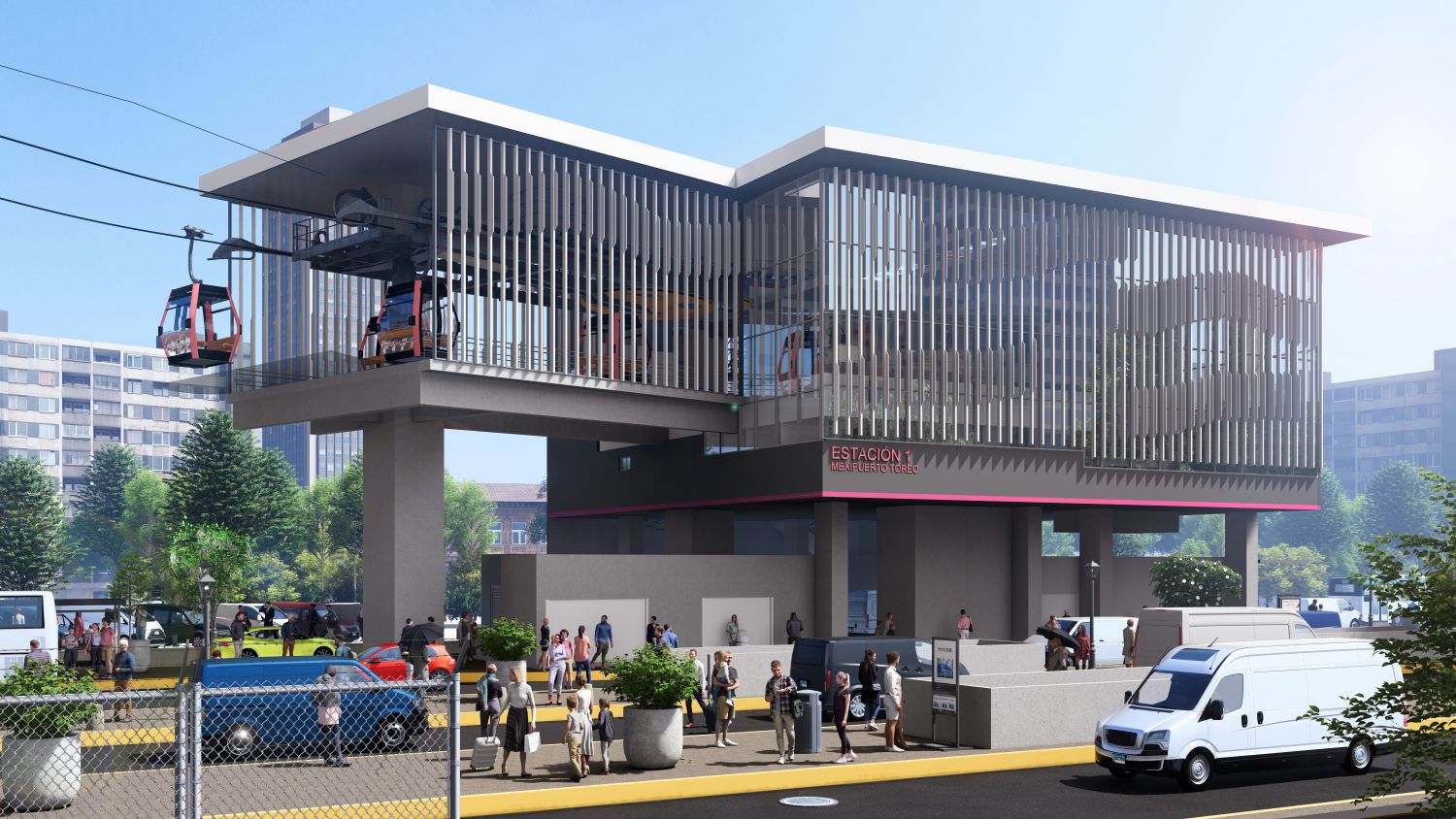
Naucalpan: daily passenger volume of around 40,000 expected
By the fall of 2026, a second cable car, measuring 9.6 kilometers, will be built in Naucalpan in the greater Mexico City area. The €200 million investment will consist of three lines with ten stations, providing sustainable integration into public transport for this part of the city.
Around 380 cabins will transport millions of people annually, significantly elevating the role of cable cars in urban mobility in Mexico. The new “Mexicable Line 3” will serve a population of around 700,000 people as their daily transport, reducing the current travel time of over an hour to just 27 minutes. Projections estimate about 40,000 passengers per day.

Giacomo Trattenero
Responsible Sales Agent of LEITNER
“The two new projects in Mexico are another milestone for LEITNER and the expansion of urban cable car mobility. With the new systems, we can provide the people of Morelia and Naucalpan with a modern and environmentally friendly mobility solution that simplifies daily life and sustainably strengthens the regions. It is an investment in the future of both cities.“
Urban cable cars in Mexico: A success story since 2016
The success story of urban cable cars in Mexico began in 2016. That year, LEITNER’s first system in the Mexico City metropolitan area went into operation. The nearly fivekilometer “Mexicable 1 – Línea Roja” in the municipality of Ecatepec de Morelos in the northeast marked the start of an expansion program.
Five years later, the “Cablebus 2” was inaugurated. The almost elevenkilometer cable car system in the Iztapalapa district in the southeast of the Mexico City metropolitan area has since provided commuters with better connections to public transport.
Another project was the “Mexicable 2 – Línea Verde,” which starts at the second station of the GD10 “Mexicable 1 – Línea Roja” and takes passengers via three interconnected cable cars over 8.5 kilometers and seven stations to the Indios Verdes subway station.
Together, the Mexicable 1 and 2 systems now have over 65 million passengers. By the end of 2022, a total of seven LEITNER systems, covering a total of 24 kilometers, were in operation. With the current two large projects, this rapid development is set to continue.
